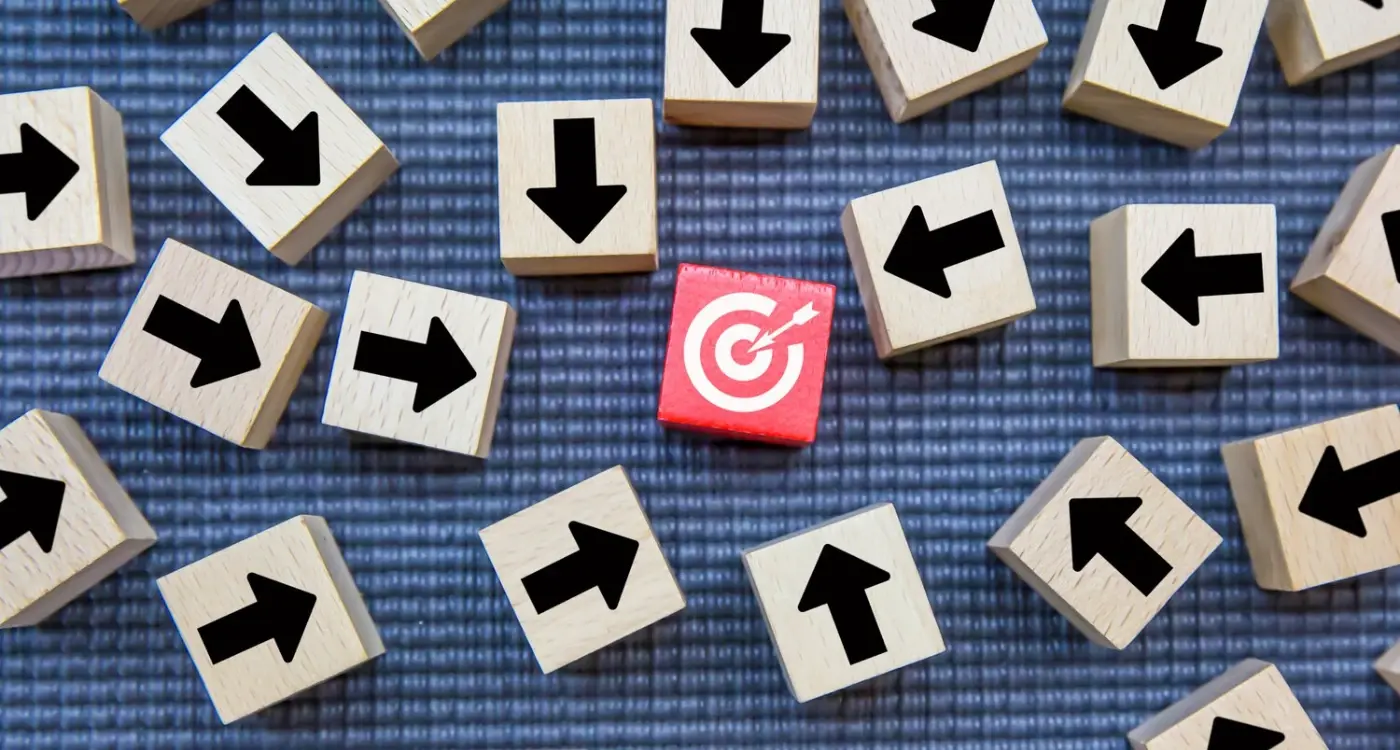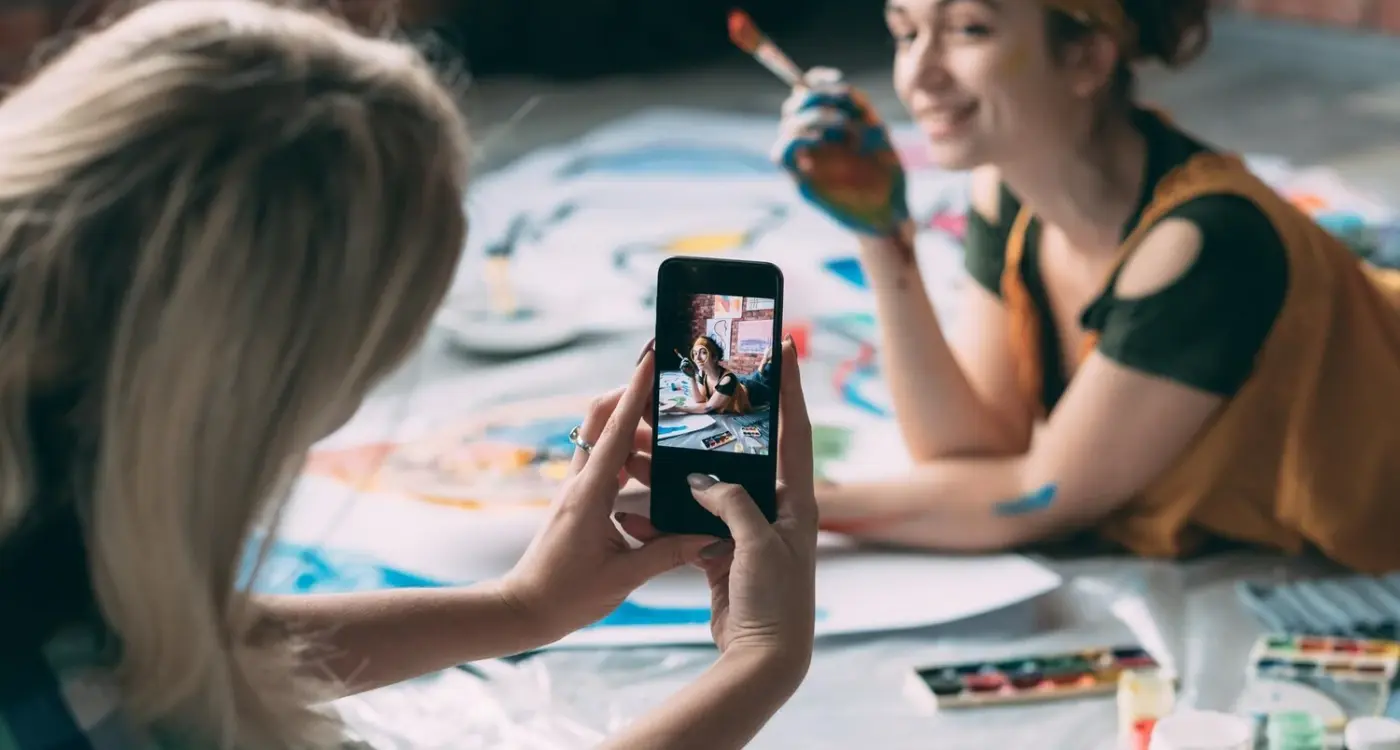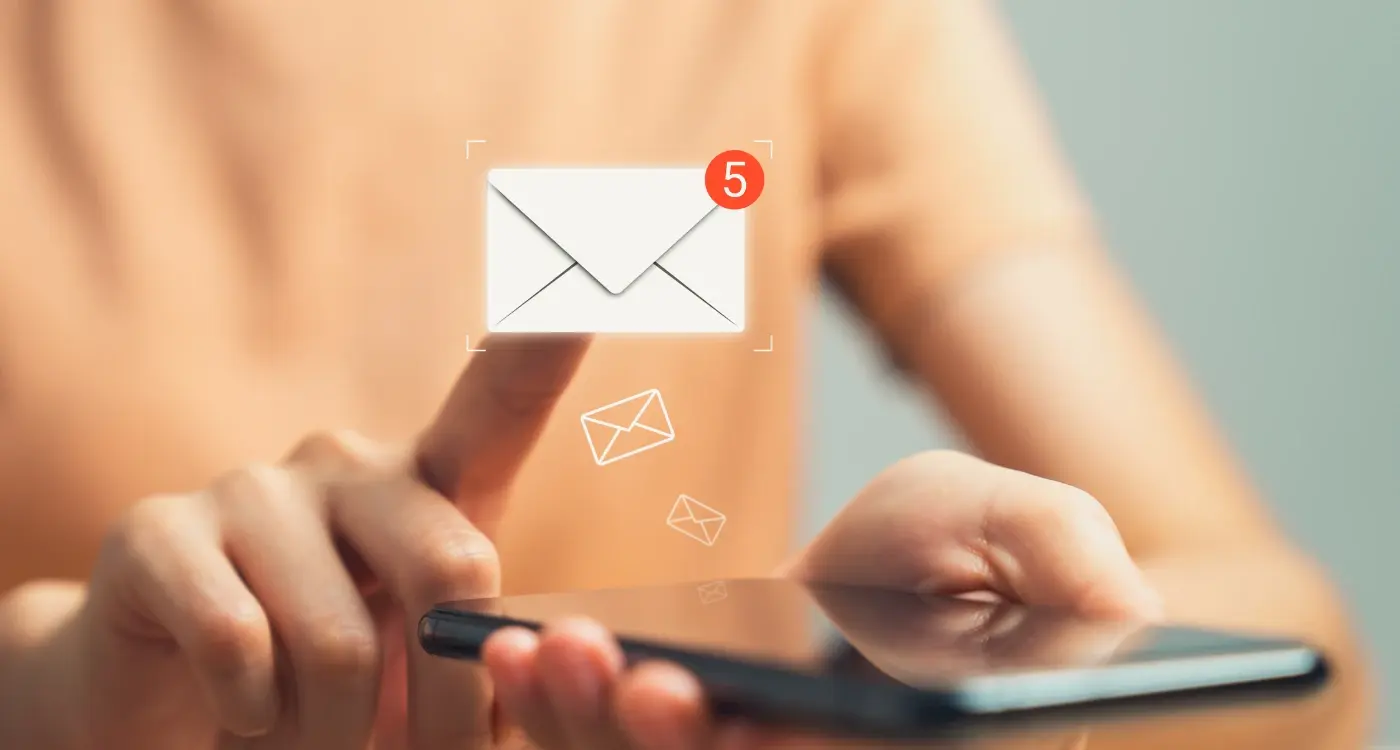How to Make Customers Download Your Restaurant App Over Uber Eats
Every day, millions of restaurant owners watch their profits disappear into the pockets of food delivery giants like Uber Eats. The commission fees alone can eat up 30% of each order—that's a massive chunk of revenue that could be staying in your business. But here's the thing: customers aren't necessarily loyal to these platforms. They just want convenient, reliable food delivery.
The real challenge isn't that people love Uber Eats more than your restaurant. It's that they don't know your app exists, or if they do, they haven't been given a compelling reason to switch. After working with dozens of restaurant owners on their app strategies, I've seen the same pattern repeat: those who understand user acquisition and focus on smart marketing consistently outperform their competitors who rely solely on third-party platforms.
The restaurants that succeed with their own apps don't just compete on convenience—they create experiences that delivery platforms simply can't match
This guide will show you exactly how to turn the tables. We'll explore why customers choose Uber Eats in the first place, then build a strategy that makes your restaurant app the obvious better choice. By the end, you'll have a clear roadmap for reducing your dependence on expensive delivery platforms whilst building direct relationships with your customers.
Understanding Your Competition: Why People Choose Uber Eats Over Your Restaurant App
Let's be honest—Uber Eats has some serious advantages that make people choose them over your restaurant app. After working with countless restaurant owners over the years, I've noticed they often underestimate just how polished these delivery platforms really are.
The biggest reason people stick with Uber Eats? Convenience. They've got one app that connects them to hundreds of restaurants, whilst your app only serves your single location. From a customer's perspective, that's a no-brainer when they're feeling indecisive about dinner or want to order from multiple places.
What Uber Eats Does Really Well
Uber Eats has spent millions perfecting their user experience. Their app loads quickly, the ordering process is smooth, and they've solved the payment and delivery logistics that many restaurant apps struggle with. They also offer features like real-time tracking, reliable customer service, and consistent delivery times.
- Massive restaurant selection in one place
- Proven delivery infrastructure
- Seamless payment processing
- Real-time order tracking
- Professional customer support
- User reviews and ratings system
But here's the thing—understanding these strengths doesn't mean you should give up. It means you need to approach your app strategy differently. You can't compete on convenience or selection, but you can offer something Uber Eats never will: a direct relationship with your customers and experiences tailored specifically to your restaurant.
Building a Better User Experience That Beats Food Delivery Platforms
The truth is, most restaurant apps feel like they were built by someone who's never actually ordered food online. I've tested hundreds of these apps over the years, and the patterns are always the same—slow loading times, confusing navigation, and checkout processes that make buying a simple pizza feel like applying for a mortgage. This is your opportunity.
Speed matters more than you think. When someone opens Uber Eats, they can find what they want within seconds. Your app needs to be faster, not just as fast. People won't tolerate waiting 8 seconds for your menu to load when they could be ordering elsewhere in half that time.
The Features That Actually Make a Difference
After working with dozens of restaurant clients, I've learned that certain features consistently drive user acquisition and retention. These aren't groundbreaking innovations—they're just executed properly:
- One-tap reordering of favourite meals
- Real-time order tracking that actually works
- Seamless payment processing without crashes
- Personalised recommendations based on order history
- Direct communication with the restaurant
The last point is particularly powerful. When customers can speak directly to your staff through the app, it creates a connection that platforms like Uber Eats simply cannot replicate. This personal touch becomes a competitive advantage that keeps people coming back to your app instead of defaulting to the big platforms.
Test your app's speed against Uber Eats regularly—if any screen takes longer than 3 seconds to load, you're losing potential customers before they even see your menu.
Creating Compelling Reasons for Customers to Download Your Restaurant App
When I speak to restaurant owners about their apps, they often tell me about features like online ordering and table booking. That's all well and good, but here's the thing—customers can already do that through Uber Eats. So why would they bother downloading your app?
You need to offer something unique that the big delivery platforms simply can't match. Think about restaurant technology solutions that make your restaurant special and translate that into your app experience.
Exclusive Benefits Only Your App Can Provide
The most successful restaurant apps I've worked on offer genuine exclusives that customers can't get anywhere else. This isn't just about having an app for the sake of it—it's about creating real value.
- Early access to new menu items or seasonal specials
- Skip-the-queue ordering for collection
- Personalised meal recommendations based on previous orders
- Direct communication with the kitchen for special dietary requirements
- Table reservations with your preferred seating area
- Behind-the-scenes content like chef videos or ingredient sourcing stories
Make It Personal and Convenient
Your app should feel like having a direct relationship with your restaurant, not just another ordering platform. Customers want to feel valued and recognised—something that's impossible when they're just another order number on Uber Eats. When you can remember their usual order and offer genuine personalisation, you're building loyalty that delivery platforms simply cannot replicate.
Marketing Strategies That Actually Work for Restaurant Apps
I've watched countless restaurant owners throw money at marketing campaigns that promise the world but deliver nothing. The truth is, most traditional marketing approaches just don't work for restaurant apps—you need strategies that understand your specific challenges and work within your budget constraints.
Start with what you already have: your existing customers. These people already know your food is good, they trust your brand, and they're the easiest to convert. Put QR codes on tables that link directly to your app download page, train your staff to mention the app when taking orders, and add download prompts to your receipt system. This costs practically nothing but can drive significant downloads.
Local Partnerships and Cross-Promotion
Partner with local businesses that share your customer base but aren't competitors. Coffee shops, gyms, and offices in your delivery area can display your app promotion materials in exchange for exclusive discounts for their customers or staff. This creates a win-win situation that costs very little but reaches people who are already in your target area.
The best marketing budget is often the one you don't spend—it's about being clever with the resources you already have rather than throwing money at expensive advertising campaigns
Email marketing remains one of the most effective tools for user acquisition. If you have an email list from online orders or newsletter signups, create a simple campaign explaining the benefits of your app with a direct download link. Track which emails lead to downloads so you can refine your messaging and improve conversion rates over time.
Using Social Media and Reviews to Drive App Downloads
Social media isn't just for sharing photos of your lunch anymore—it's become one of the most powerful tools for getting people to download your restaurant app. I've worked with countless restaurant owners who thought they could just post their app link once and watch the downloads roll in. That's not how it works, unfortunately.
The secret is treating social media like a conversation, not a billboard. Share behind-the-scenes content, showcase your food preparation, and most importantly, demonstrate how your app makes ordering easier. When customers see you responding to comments and engaging with your community, they're more likely to trust your app with their personal details and payment information.
Platform-Specific Strategies
Different platforms need different approaches. Instagram works brilliantly for food photography and Stories that show the app in action. Facebook is perfect for longer posts explaining your app's benefits and sharing customer testimonials. TikTok—if your audience is younger—can showcase quick ordering demos that make your app look effortless to use.
- Post regular content showing your app being used in real situations
- Share customer reviews and testimonials about your app experience
- Create short video tutorials showing how easy ordering is
- Respond to comments and messages quickly to build trust
- Use local hashtags to reach nearby customers
Reviews That Actually Convert
Reviews are your social proof—they tell potential customers that real people have tried your app and lived to tell the tale. Encourage satisfied customers to leave reviews on both app stores and Google, but don't just ask for generic five-star ratings. Ask them to mention specific features they loved, like the quick checkout or exclusive menu items.
Loyalty Programs and Exclusive Offers That Keep Customers Coming Back
Building a loyal customer base is what separates successful restaurant apps from those that get deleted after one use. I've worked with restaurants that struggled with user acquisition until they got their loyalty game right—and trust me, it makes all the difference. People love feeling special, and when your app delivers exclusive perks that Uber Eats simply can't match, you've got a winning formula.
The beauty of having your own app is complete control over customer relationships. You can create experiences that food delivery platforms will never offer because they're serving multiple restaurants, not just yours. This gives you a massive advantage in the marketing battle against third-party apps.
Types of Loyalty Programs That Actually Work
- Points-based systems where customers earn rewards with each purchase
- Tiered memberships that unlock better perks as spending increases
- Birthday treats and anniversary rewards that feel personal
- Early access to new menu items before they hit delivery platforms
- Free delivery or reduced fees for app users only
Start simple with a basic points system—customers earn one point per pound spent and redeem ten points for a free drink. You can always add complexity later once people are engaged.
The key is making your offers feel exclusive and valuable enough that customers choose your app over the convenience of Uber Eats. When done right, loyalty programs don't just retain customers; they turn them into advocates who recommend your app to friends.
Measuring Success: How to Track Your User Acquisition Progress
Tracking your restaurant app's success isn't just about counting downloads—though that's certainly part of it. I've worked with restaurants who celebrated hitting 1,000 downloads only to discover that barely 50 people actually used the app to order food. The numbers that really matter are the ones that show people are engaging with your app and, more importantly, spending money through it.
The Numbers That Actually Matter
Start with your conversion rate from downloads to actual orders. This tells you whether people find your app useful once they've got it. Then look at your retention rate—how many users come back within a week, a month, three months. If people download your app but never return, you've got a user experience problem that needs fixing.
Beyond the Basic Metrics
Average order value through your app versus other channels shows whether your app users are more valuable customers. Customer lifetime value tells you if the money you're spending on acquisition is worth it. And don't forget to track which app marketing channels deliver the best ROI—not just the most downloads, but the ones who actually stick around and order regularly.
Most app analytics platforms will give you these insights for free. The key is checking them regularly and adjusting your strategy based on what the data tells you about your customers' behaviour.
Conclusion
Getting people to download your restaurant app instead of using Uber Eats isn't going to happen overnight—but it's absolutely doable if you stick to the fundamentals we've covered. After eight years of building apps for restaurants of all sizes, I can tell you that the ones who succeed are those who understand that competing with delivery platforms isn't about having the flashiest features; it's about giving customers genuine reasons to choose you directly.
The restaurants that win this battle focus on three key areas: creating an app experience that's genuinely better than the alternatives, offering real value that customers can't get anywhere else, and building proper marketing strategies that actually reach their target audience. Your loyalty programme needs to make customers feel special, your exclusive offers need to be genuinely exclusive, and your user acquisition efforts need to be measured and refined constantly.
Most importantly, remember that this is a marathon, not a sprint. Building a customer base that chooses your app over Uber Eats takes time, patience, and consistent effort. But when you get it right—when customers start coming directly to you instead of through third-party platforms—you'll wonder why you waited so long to make the investment.
Share this
Subscribe To Our Learning Centre
You May Also Like
These Related Guides

How Do I Know Which Marketing Channel Works Best?

How Do I Get Influencers to Talk About My App?



